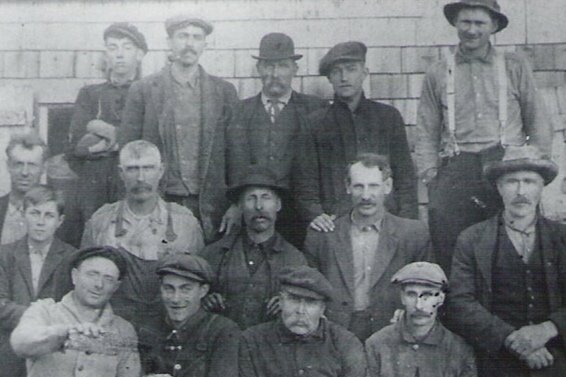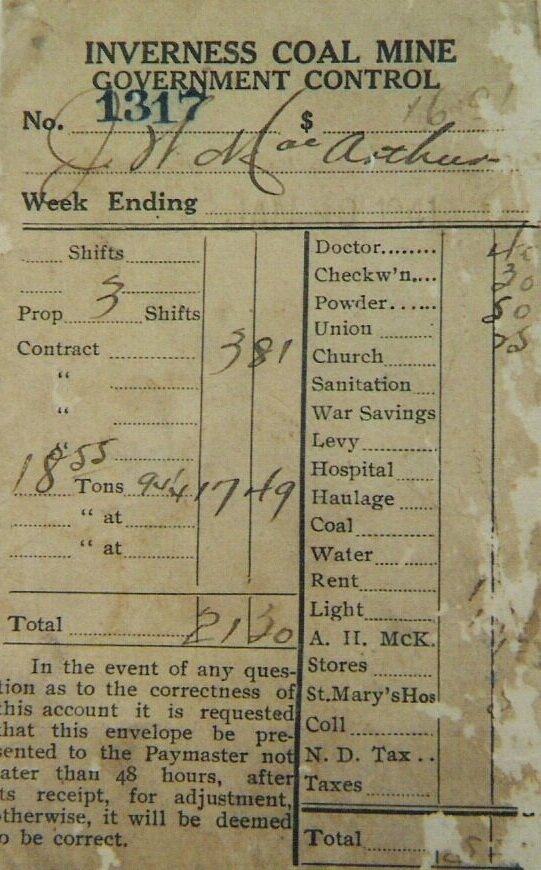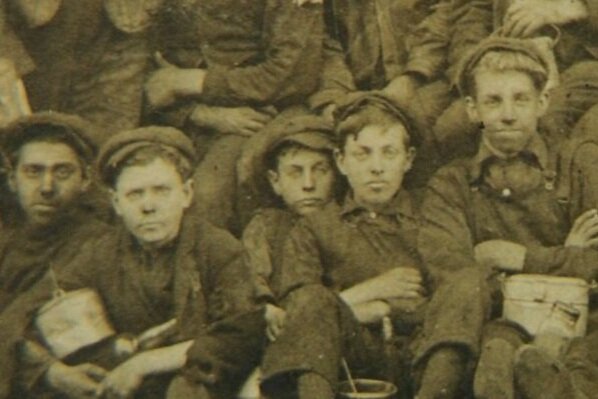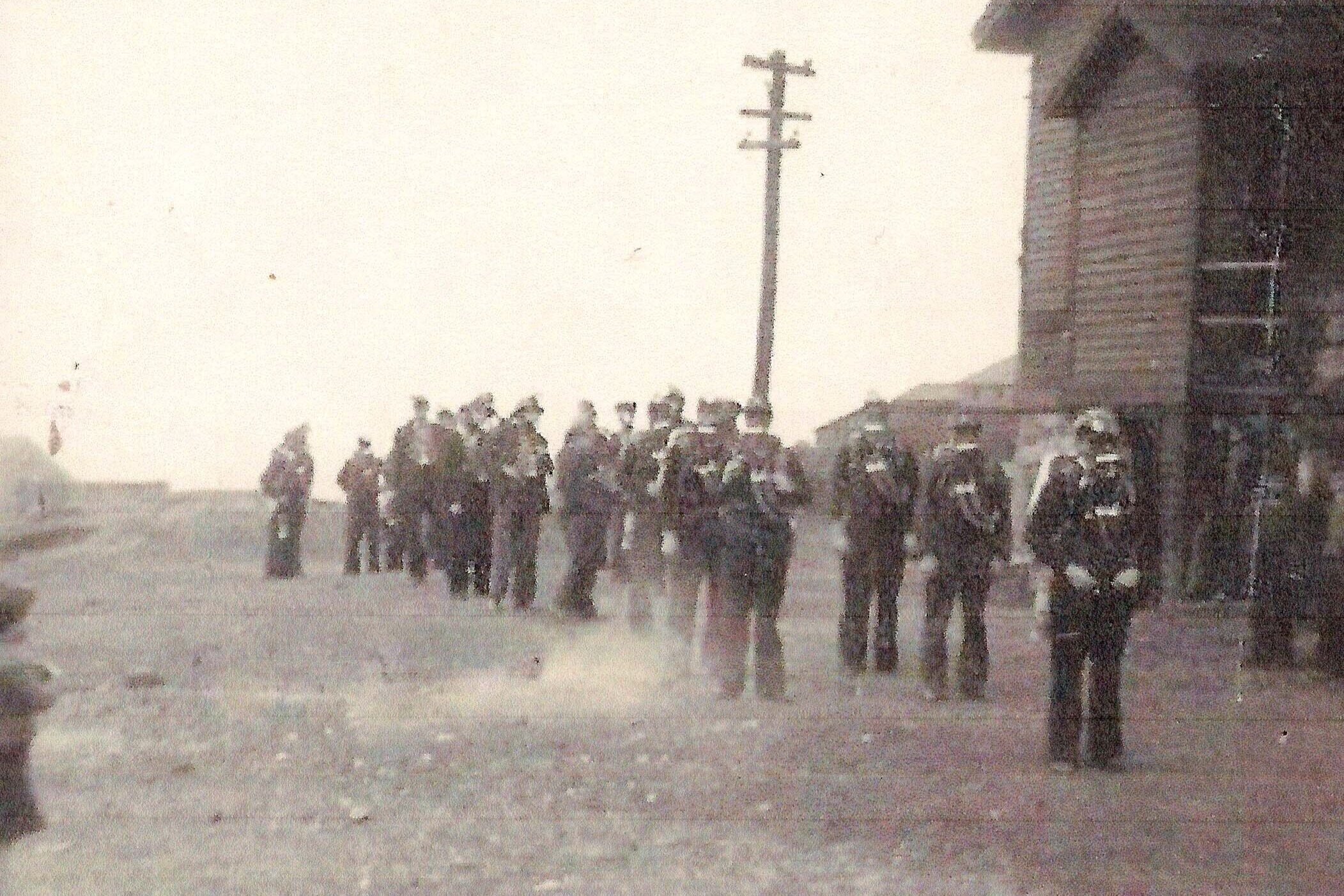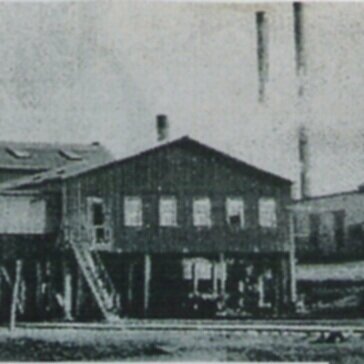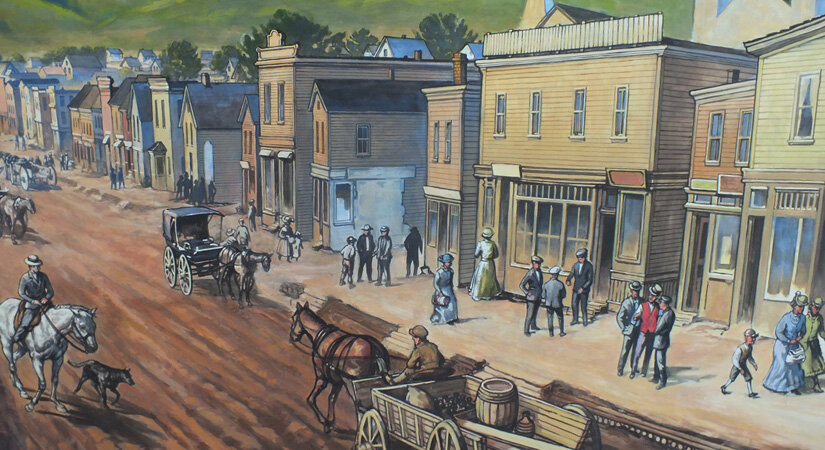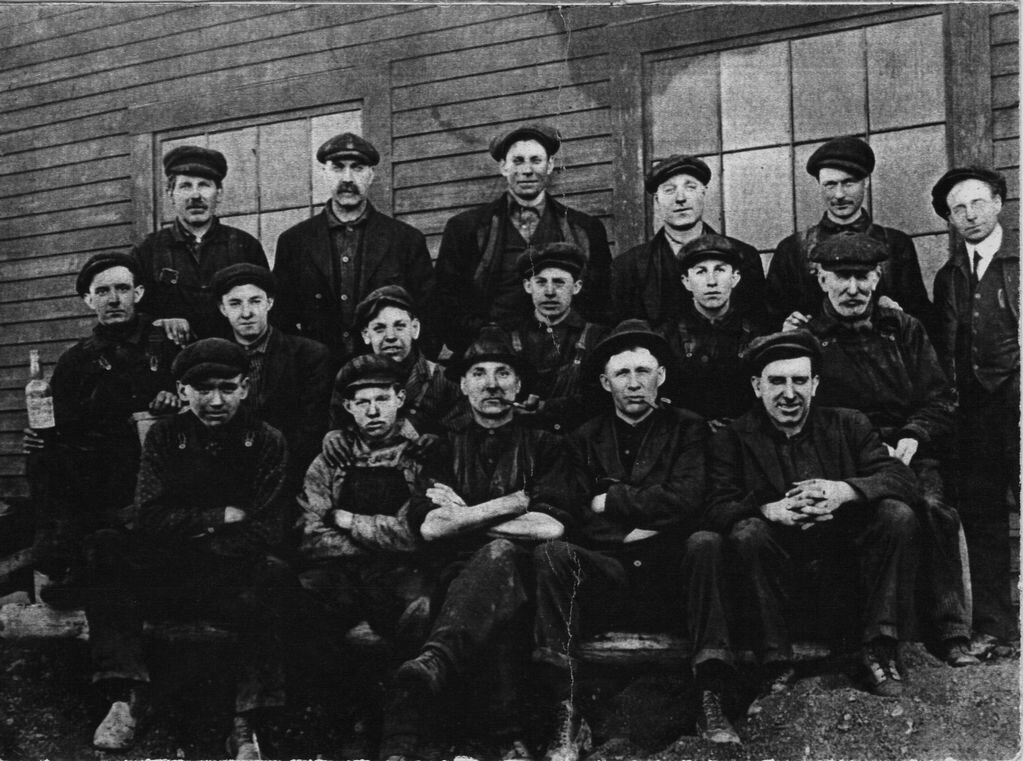
The Workers
It was no small feat to perform the duties of a miner day in and day out. From constant danger, illness and uncertainty, these men put their families and towns’ survival before their own. Scroll below to look at the workers who made the coal mining industry in Inverness.
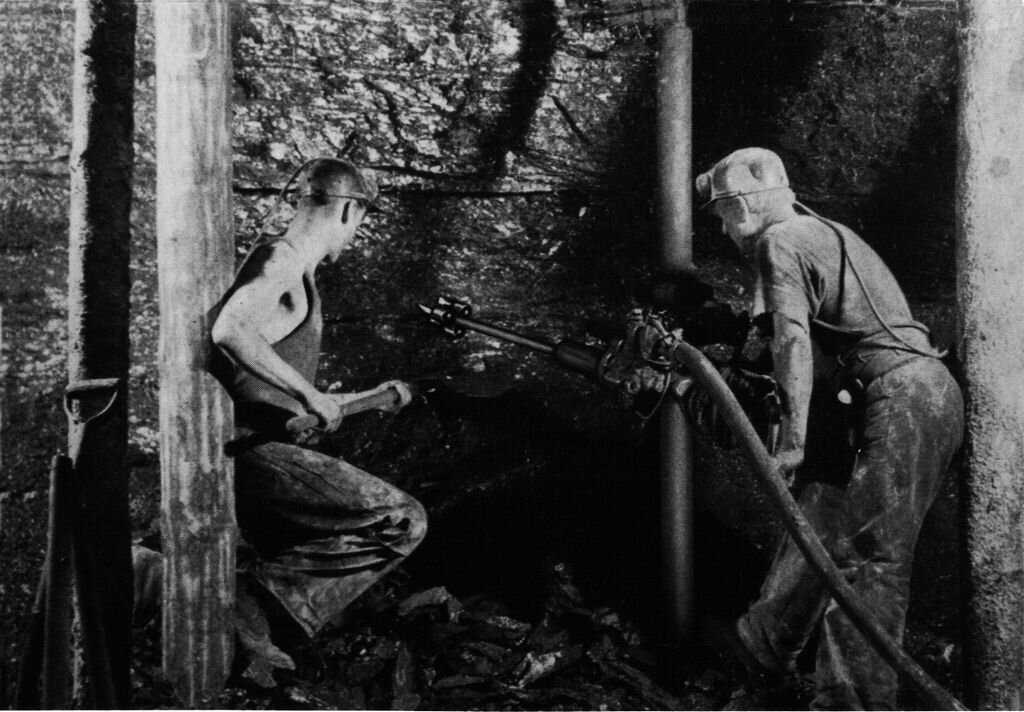
The Miners
In the dark and damp caverns 2500 feet below the earth’s surface, coal miners were hard at work extracting the precious black ore. By 1904, the miners consisted of traditional Scots, Irish, French, Belgians, Italians, Russians and a dash of other nationalities. The miner, for the most part, was satisfied and enjoyed his work. Even though they seldom had the chance to enjoy fresh air, the sun, the sky, flowers and the gently rolling waves upon the sand; who continually put his life in jeopardy in his underground home of never-ending darkness, was a very special person. The miner would work six days per week to a total of seventy hours. After work, some miners found comfort in the local saloons, where one could sit and dispose of much of their $1.25 per day salary.
Miners Pay Slip, c.1930s
The miner would often find himself protesting against unfair treatment and pay in the coal mines. As miners tried to unionized, they were met with opposition from the coal company. Even going as far as stripping some outspoken miners right to underground work. The protests were so heated that an army force was called in at the expense of the town. However, these forces were hardly needed and the strike ended with a severe economic impact on the miners that stood up to their oppressors.
Pit Children
It was not uncommon for children, often at the age of 12-years-old to begin work in the mines. Their duties varied from working the fan houses, using their small frames to dig in hard-to-reach places and assisting with the pit ponies; a challenging job at any age. Often these brave young souls would climb the ladder as they grew and integrate into more traditional mining roles. Unlike today, there were no laws against youth working in such dangerous conditions.
As a result, a tragedy occurred on September 20, 1902, when a cable broke and released three tons of railing, which crushed and killed 16-year-old Angus Allan Kennedy. John Alex, brother to Angus Allan, told the story of how he tried to wake his younger brother twice that morning. On his third attempt, he said, “…if he does not get up, I will try no more.” Angus Allan arose, had breakfast, and made his last seven-mile trek to Inverness for his first shift in the coal mines.
Draegerman
It is without question that mining is an extremely dangerous occupation. The Draegermen were specialty-trained miners who would rescue miners in hazardous conditions after disasters and tragedy. They wore special breathing equipment from the company Draeger (hence Draegerman) to protect them from gas, smoke and other deadly chemicals. Becoming a Draegerman was a rigorous process, one needed to be a First Class Miner, between the ages of 20-45, in excellent health and operate well in teams of 4-5 people. These elite few often travelled across North America to participate in competitions and training seminars to advance their skills.

